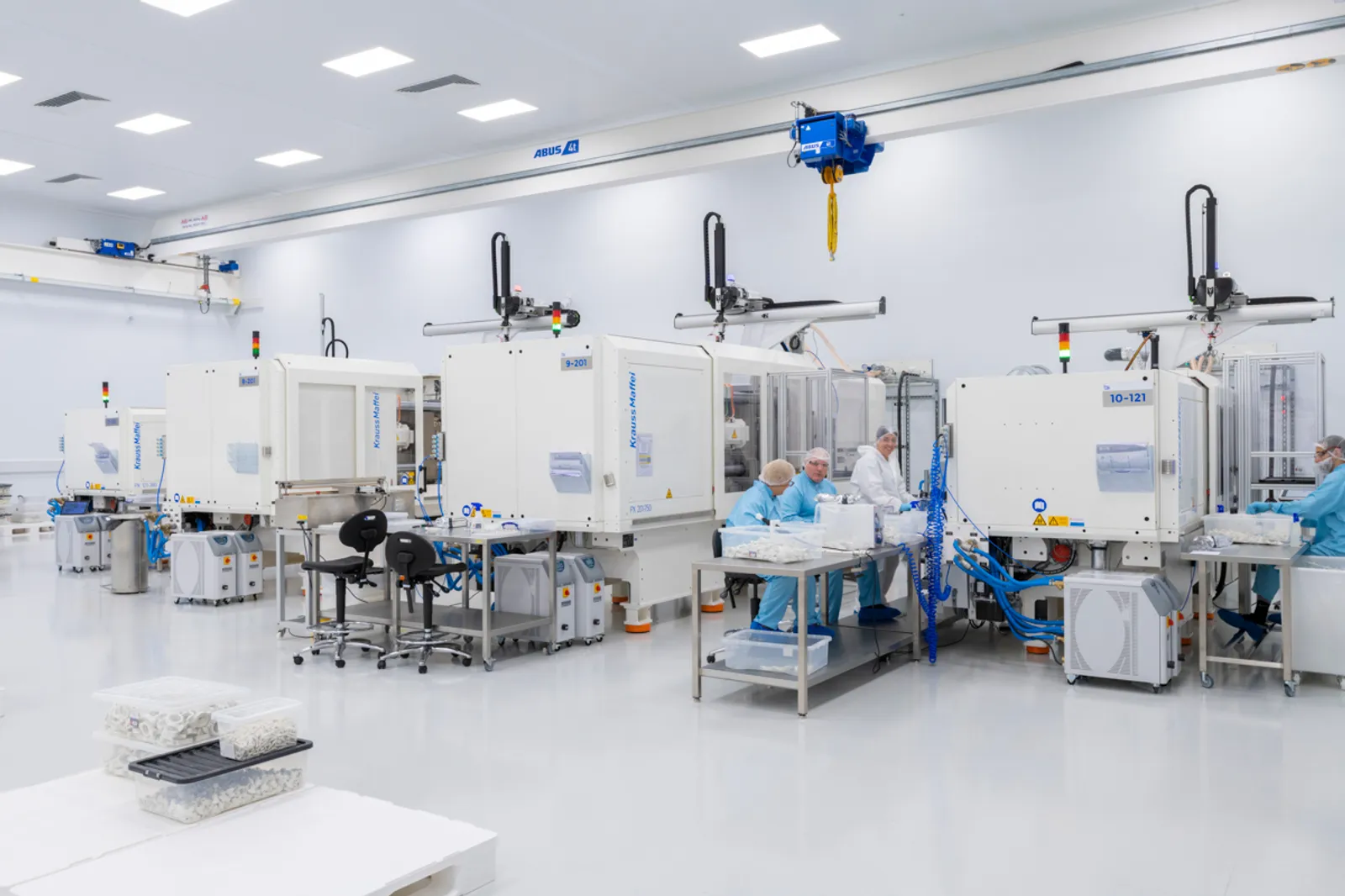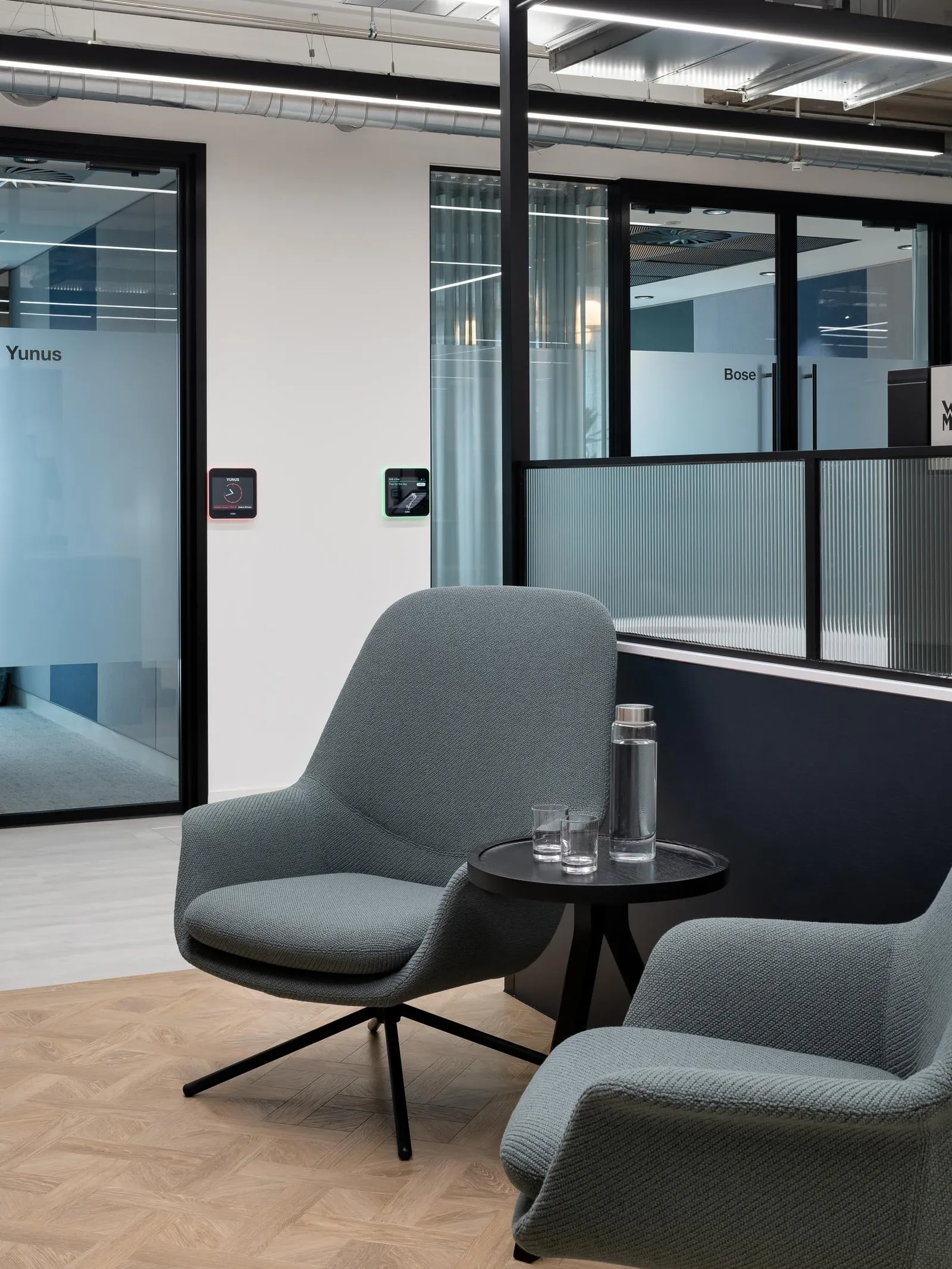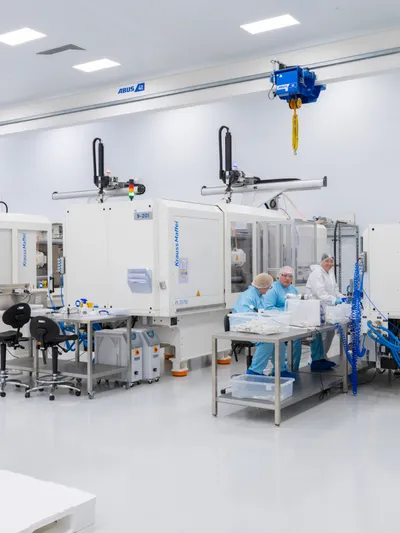Insufficient funding for life science organisations has often been a major factor in slowing or stopping the expansion of laboratory facilities in the UK.
However, following the events of the last few years, this isn’t as much of an issue as it was historically. That’s because the UK government has made some big investments in the field of life sciences as of late.
In fact, this year alone, they’ve announced a further £39.8bn budget for life sciences over the next two years. To put that figure into context, that’s their largest-ever research and development (R&D) investment.
And there’s more good news for anyone looking to join life sciences: this investment will be increased to £20bn per annum by 2024/2025.
But, although this is music to the ears of developers and investors attracted by the prospect of entering this exciting and lucrative market, the demand has created another challenge for the life sciences industry.
A lack of space.
What’s causing the shortage of lab space?
Although we’re seeing many key laboratory and clinical environments popping up across the UK, including Europe’s largest commercial lab building in Canary Wharf, which is 750k sq ft and is due to open in 2026; demand for purpose-built lab spaces is still outstripping supply.
So, beyond the obvious increase in demand following the pandemic, is there anything else that’s causing the shortage? Well, much like the work being carried out in these state-of-the-art facilities, it’s a bit more complicated.
Regulatory challenges
Whether it’s ensuring the appropriate levels of ventilation and air quality or adhering to the Control of Substances Hazardous to Health (COSHH) Regulations (if your facility is storing toxic materials), there’s a lot more to consider with a laboratory space than a traditional office workplace.
And without the right advice, these regulatory challenges can make it seem like a lot of suitable lab spaces are off the table when, in reality, they just need more specialist planning.
But what about all of the office spaces that are lying dormant now due to remote working?
Well, these certainly provide an opportunity for conversions - but they also supply their own share of complex challenges. For example, buildings developed in line with BCO guidelines will not provide the facilities or services to support many laboratory environments. One common issue is the standard office floor-to-ceiling height of a traditional office is often too short; laboratories require much larger duct routes and additional shaft space.
However, this doesn’t mean it isn’t possible to convert office space into a clinical or controlled environment. In fact, we’ve helped many clients do just that. What it does mean, though, is that it's even more important to seek early advice in order to avoid disappointment down the line. For example, you need to ensure there are no lease obligations that would preclude you from undertaking certain activities in the building; some leases may not allow the production, manufacture and storage of some materials. So it’s a good idea to investigate this before the acquisition. Want to learn what else is involved? We’ve put together a comprehensive lab design checklist for relocating and fitting out here.
And when it comes to laboratory design, fit-out and construction, there is one area that requires a little more guidance than all the others.
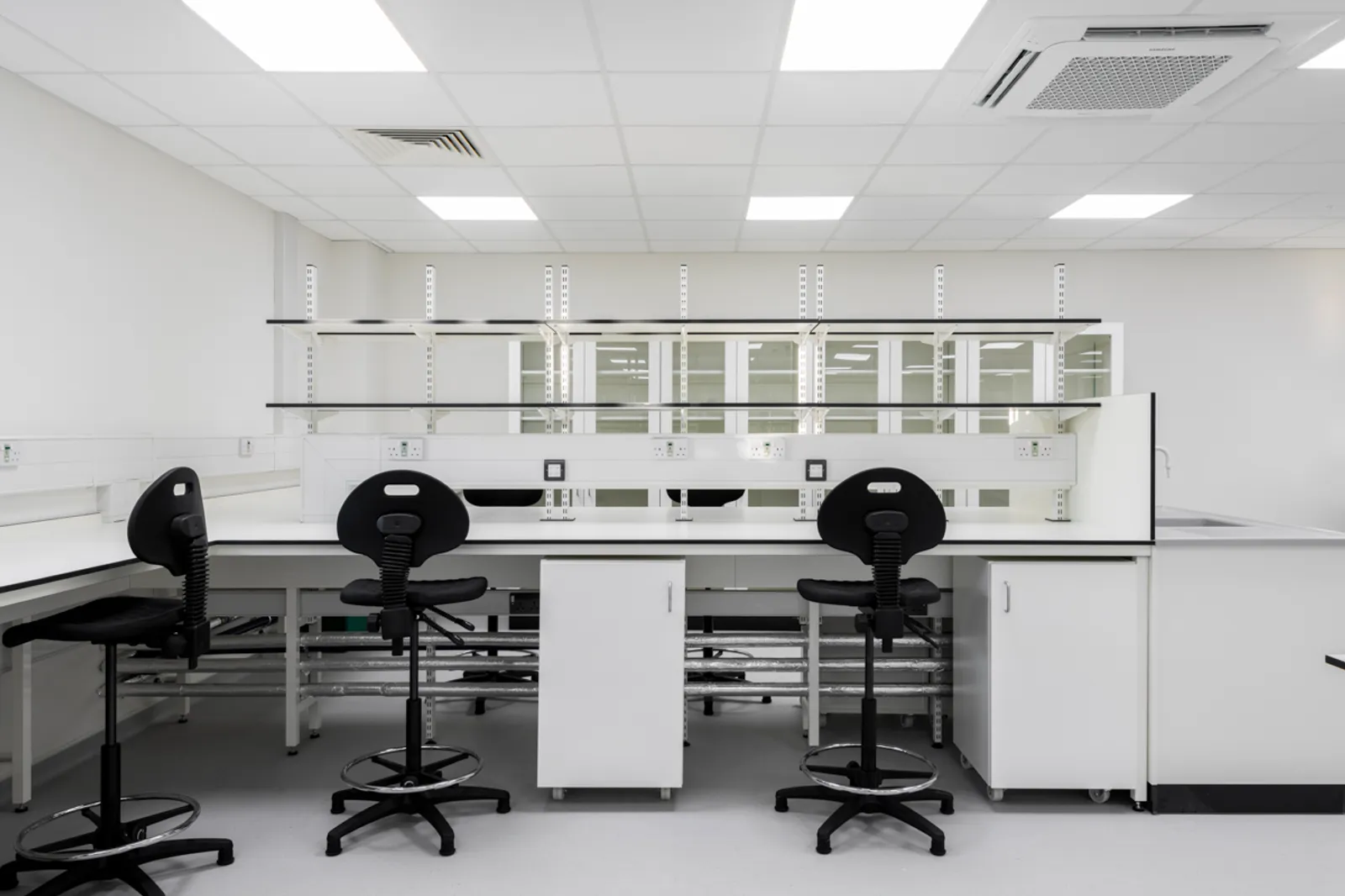
Environmental impact
Now more than ever, it’s crucial to design a lab space that’s as sustainable as possible. The good thing is that you can help lower the carbon footprint of your facility by incorporating measures such as energy-efficient lighting, HVAC systems, recycling and waste consumption programs easily.
However, there are also a number of potential disruptions that could affect your neighbouring environment - as well as other businesses. And this can cause a delay in planning consent or even rule out certain locations for your laboratory. For example, you may need to look at appropriate soundproofing measures to minimise noise transmission in more populated areas. So as part of the planning process, it's a good idea to carry out an environmental assessment as soon as possible. This will cover all additional safety measures and ensure environmental factors, e.g. air quality, noise, and the delivery of any harmful chemicals, will not be an issue.
But what about the big issue that’s affecting every aspect of business at the moment? When talking about this growing concern for the life sciences sector, there’s one elephant in the lab that can’t be overlooked.
Rising Costs
One significant and unavoidable issue for the life sciences sector is the lack of affordable lab space. The meteoric rise in demand for commercial space is pushing prices higher and traditional scientific hubs like the Golden Triangle of Oxford, Cambridge and London are becoming unable to facilitate further growth in their areas. The good thing is that, as a result of this, we’re now seeing areas such as Bristol, Norwich, and Stevenage start to flourish.
So although space is an issue, there are still places to go outside of traditional hotspots like the Golden Triangle to investigate - great news for prospective developers and investors. Just bear in mind that wherever you look to place your scientific pin on the map, landlords will be opting for high-quality tenants with good reputations - not to mention longer tenures. And with the demand for lab space being so prevalent in the life sciences industry, the power is in their hands to do just that.
That said, there’s no need to worry. Whether you're an early-stage company or an established business looking to expand your operations, we can help. Our team will assist in finding a suitable space in the ideal location. Not only that, we can help attract the right tenants from a global talent pool. So don’t let limited space slow your ambitions. Like the most innovative scientific solutions that are being created in the world’s most state-of-the-art labs, it’s just time to think a little further outside of the box.
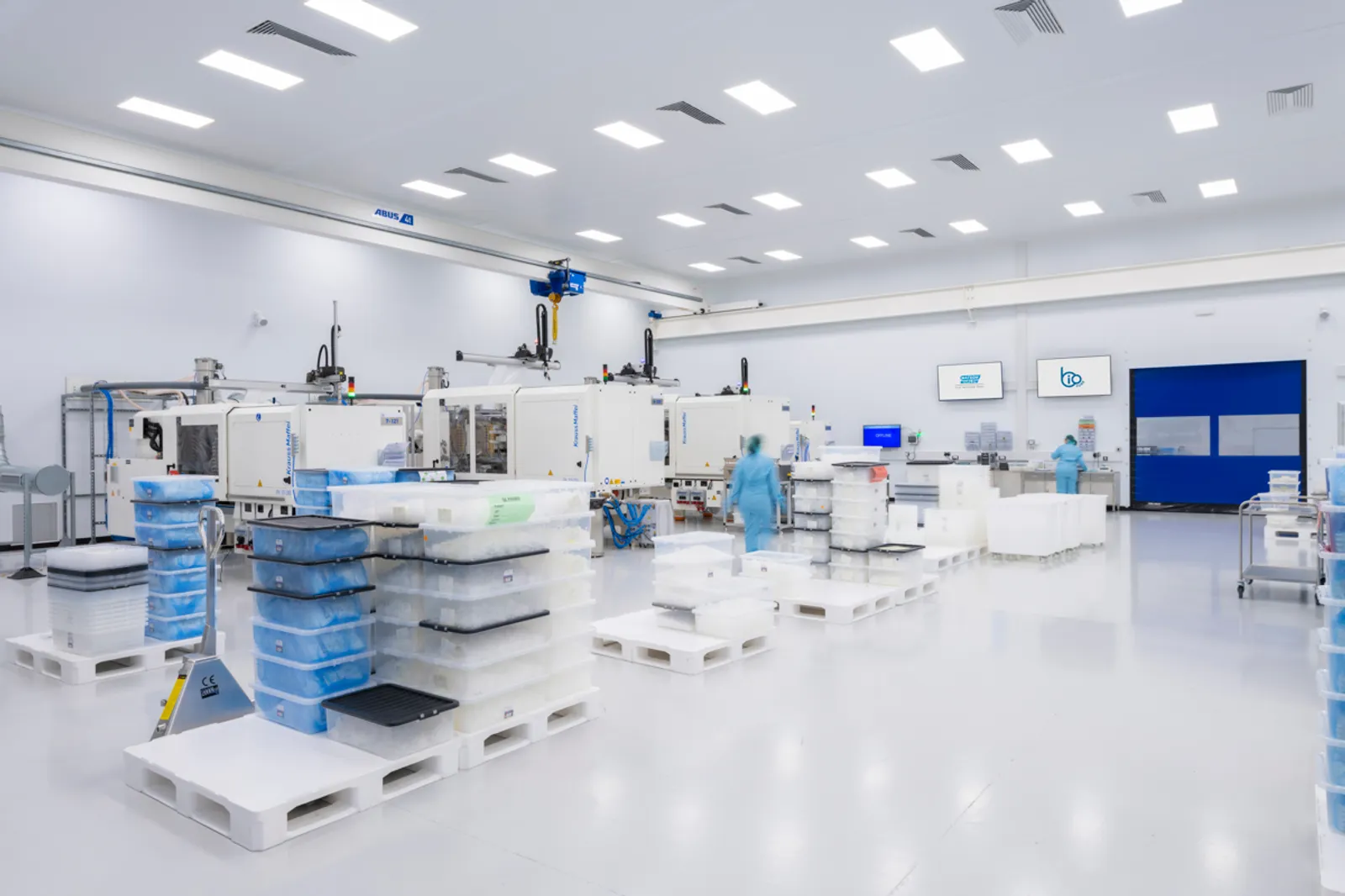
Ready to join the movement?
Our FREE guide ‘The UK Laboratory Market: The growing business sector that needs more space’ has everything an investor or developer needs to know. It goes into much more detail about what's happening in the UK market and, more importantly, how to take advantage of the lucrative opportunities that life science businesses and laboratories bring.
